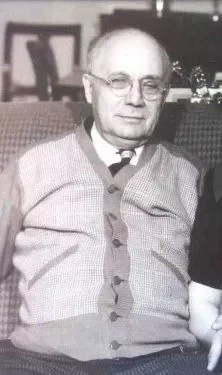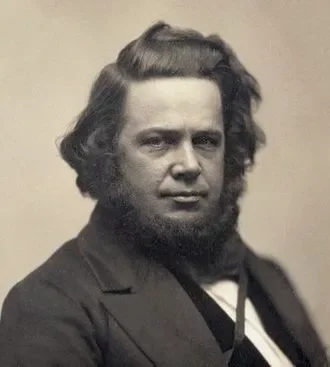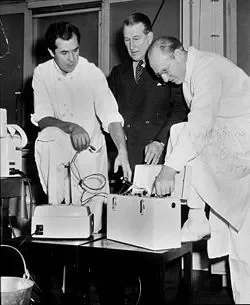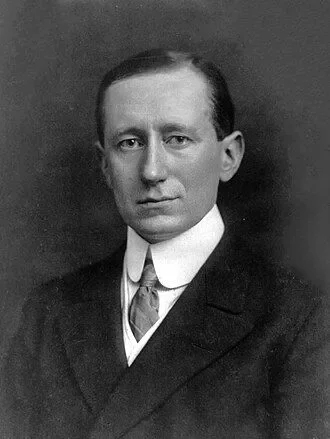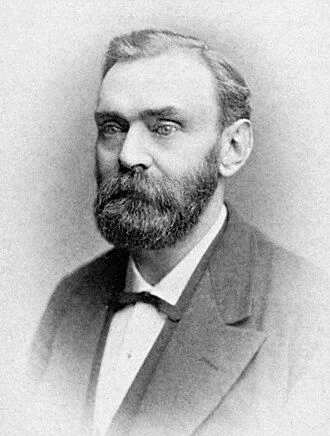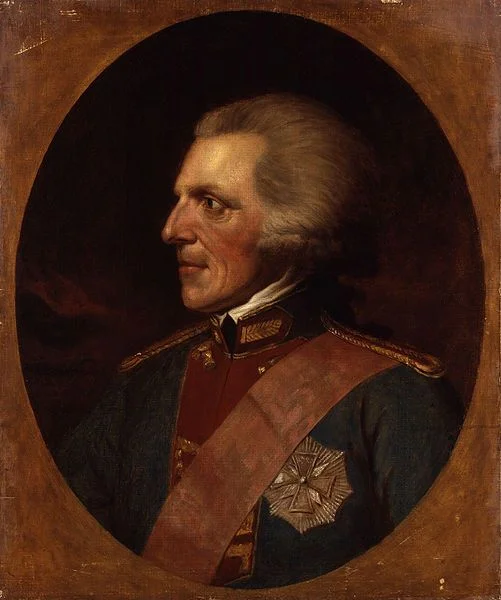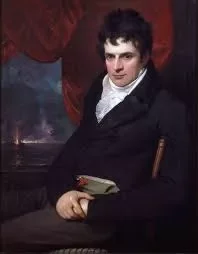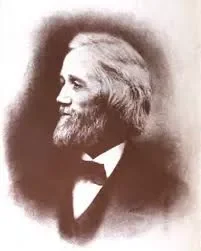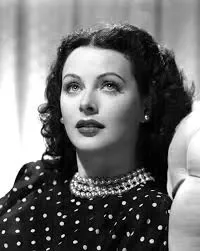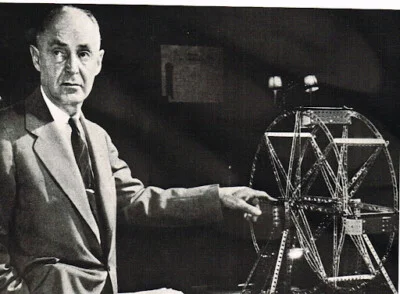Real Celebrities Never Die!
OR
Search For Past Celebrities Whose Birthday You Share
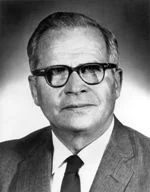
source:wikimedia.org
Peter Goldmark
Birthday:
02 Dec, 1906
Date of Death:
07 Dec, 1977
Cause of death:
Car accident
Nationality:
Hungarian, American
Famous As:
Engineer
Age at the time of death:
71
Early Life And Education
Born in Budapest, Hungary, on December 2, 1906, Peter Carl Goldmark was a creative genius, who revolutionized the music and television experience. The long-playing musical (LP) stands out as his most famous accomplishment, which completely changed the music industry,
As a young man growing up in Budapest, Peter showed an early interest in science and music. His family was known for being innovative. One great-grandfather, Joseph Goldmark, made gun percussion caps, and the other, Carl Goldmark, was a famous musician. Peter’s future career would be influenced by this mix of science and art.
His parents divorced when Peter was eight, so he went to Vienna with his mother. In the family bathroom, he built his own laboratory to work on radio and movie projectors. His curiosity occasionally caused accidents. Once he accidentally caused a fire while trying to make a movie player. Peter studied physics and electronics at the University of Vienna. He graduated with a Ph.D. In 1931.
Career And Inventions
Goldmark moved to the United States in 1933 after spending a few years working in England. He joined CBS (Columbia Broadcasting System) in 1936 as their chief television engineer. Goldmark made his most important contributions while at CBS.
Inspired by the 1940 color film “Gone with the Wind,” Goldmark began working on color television. He developed a program that utilizes a spinning color wheel for producing color images. Even though his design wasn’t widely accepted, it laid the foundation for future color TV technology.
A Long-Playing Record
Goldmark’s most famous invention came in 1948 – the long-playing record, or LP. Before this, records could only play around four minutes of music per side. The Goldmark LP can play up to 23 minutes per side, enabling you to record a full song or album on one disc.
Goldmark and his team made the LP by reducing groove size and spinning speed from 78 rpm to 33 1/3 rpm. They also used a new material called vinyl, which was more durable and produced less background noise. The LP was a huge success. It quickly became a recording standard and remained popular for more than 40 years until CDs took over in the 1980s.
Other Inventions and Later Career
Goldmark continued his innovation even after the invention of LP. He tried to make a recording system for cars, but it was not much success. Goldmark also played a key role in developing a system that sent images from the moon back to Earth in NASA’s 1960s lunar missions.
As he grew older, Goldmark became interested in using technology to improve people’s lives. He talked about the idea of developing a “new rural society,” where individuals could utilize electronic networks to work and study from home in rural areas, avoiding the issues of overcrowded cities.
Peter Carl Goldmark's Quote's
Personal Life
Goldmark married three times and had six children. His first two marriages ended in divorce. He had a long-lasting relation with his third wife, Diane Davis, who was his secretary at CBS.
Legacy and Death
Peter Carl Goldmark died in a car accident in Westchester County, New York on December 7, 1977. His age was 71. President Jimmy Carter awarded him the National Science Award for his work in communications technology shortly before he died.
Goldmark’s inventions, like the LP record, transformed how people worldwide enjoyed music. His work provided people with high-quality recorded music and music in their homes. Goldmark’s legacy in music and home entertainment continues, even with modern technology.
Name:
Peter Carl Goldmark
Popular Name:
Peter Goldmark
Gender:
Male
Cause of Death:
Car accident
Spouse:
Place of Birth:
Budapest, Hungary
Place of Death:
Westchester County, New York, United States
Occupation / Profession:
Personality Type
Debater: Smart and curious thinkers who cannot resist an intellectual challenge. Goldmark’s personality reflected his innovative spirit, intellectual curiosity, and a love for challenging norms. His work on both LP records and color television demonstrated his resourceful and inventive approach to technology.
His LP invention made it possible to record entire symphonies on a single disc, transforming classical music distribution
Goldmark also worked on the Highway Safety Program, aimed at using technology to improve driving safety
He was a pioneer in color television, though his system was later overtaken by RCA's competing technology
Goldmark's LP records allowed 20 minutes of music per side, far more than the 4–5 minutes per side of earlier formats
Developed the long-playing (LP) record in 1948, revolutionizing music recording and playback
Played a key role in the development of early color television systems while at CBS
Received the Elliott Cresson Medal from the Franklin Institute in 1969
Inducted into the National Inventors Hall of Fame in 2007 for his contributions to the music and broadcast industries
